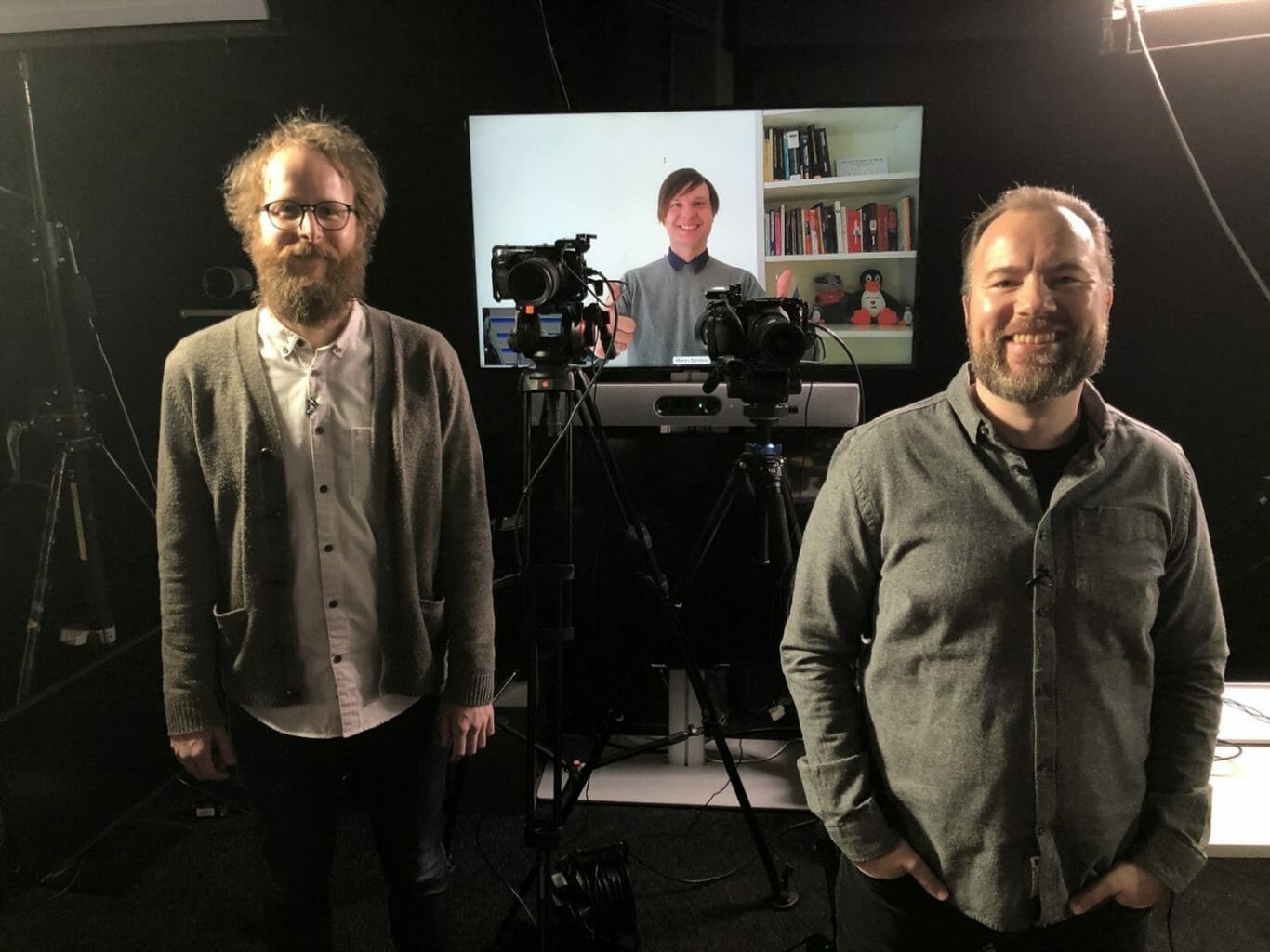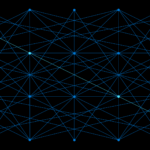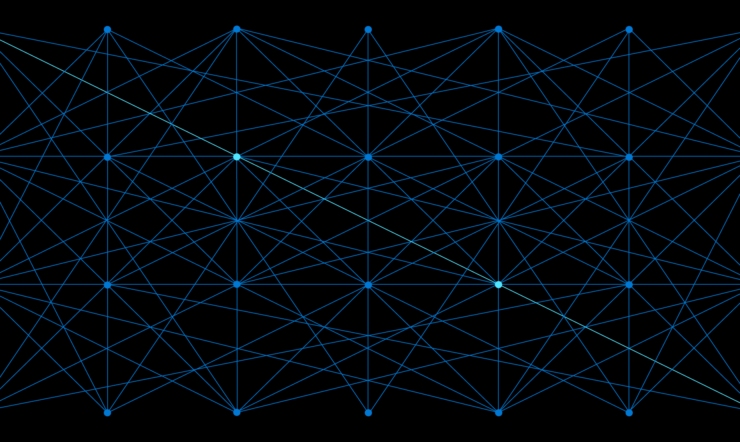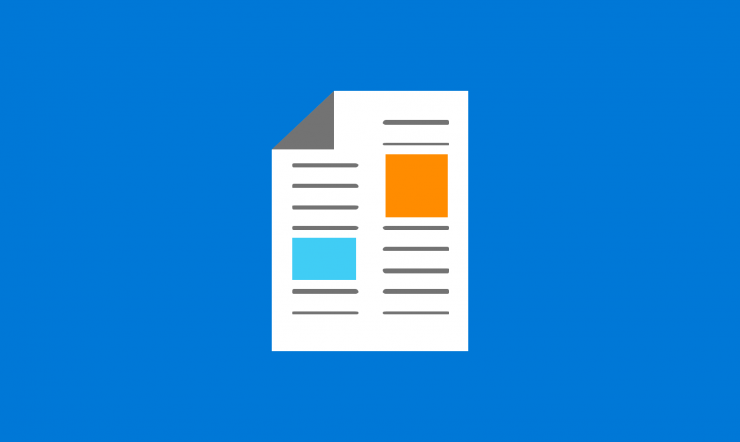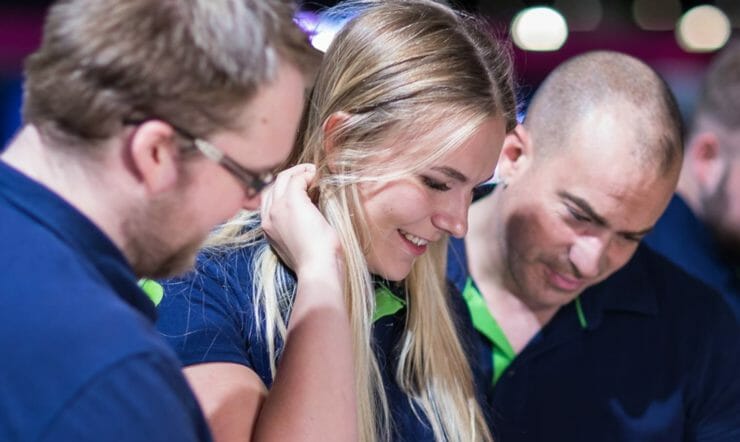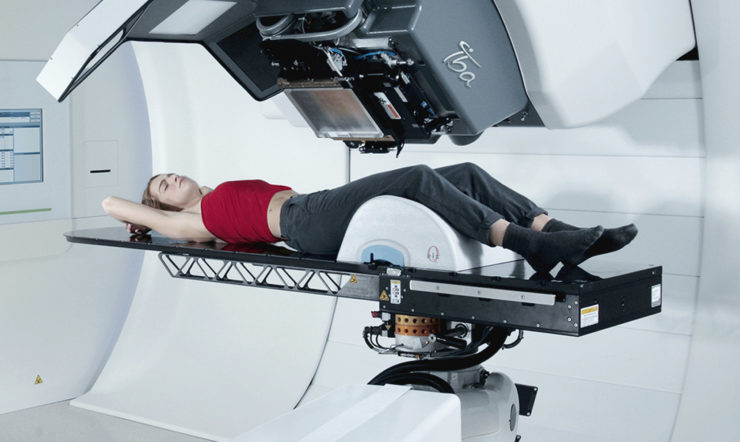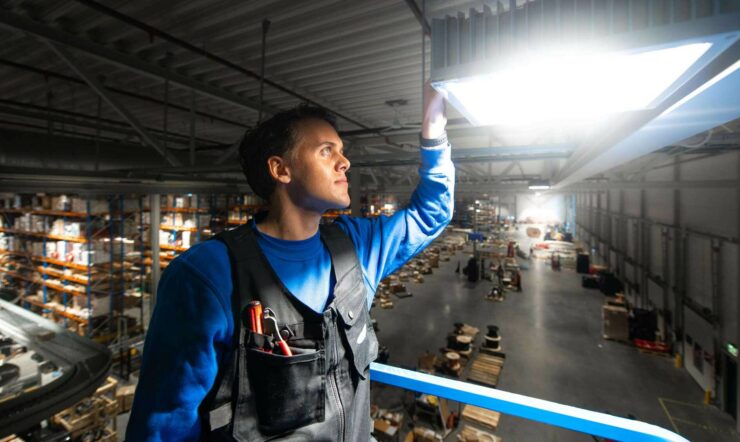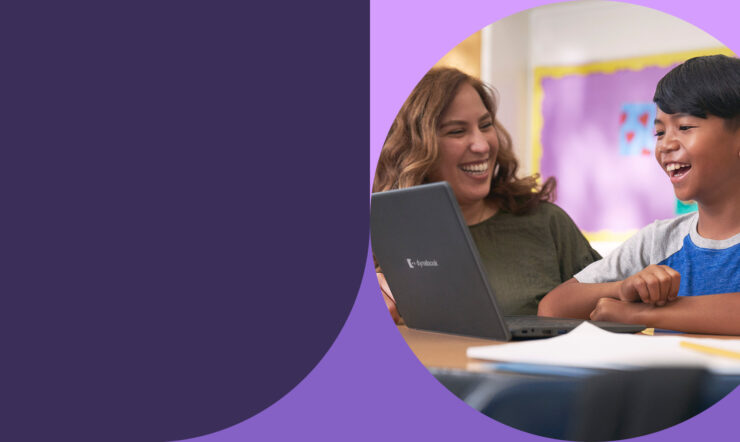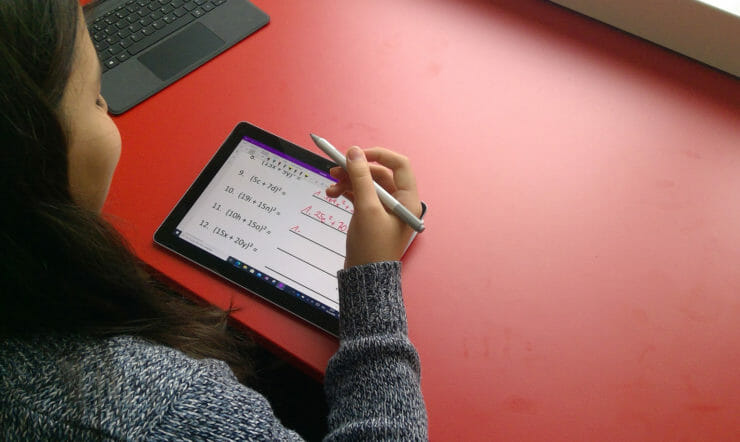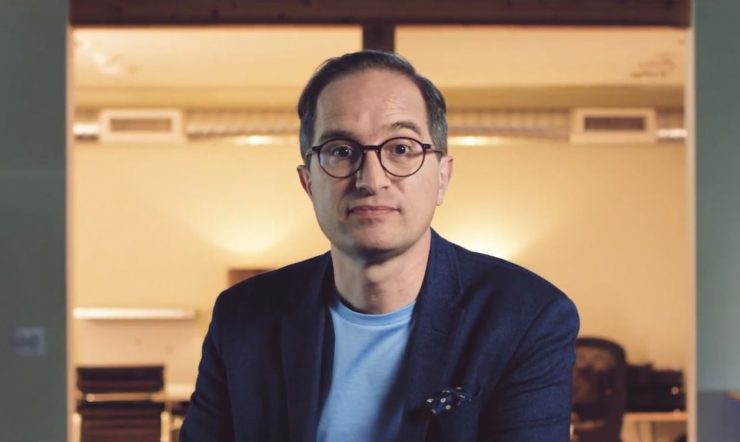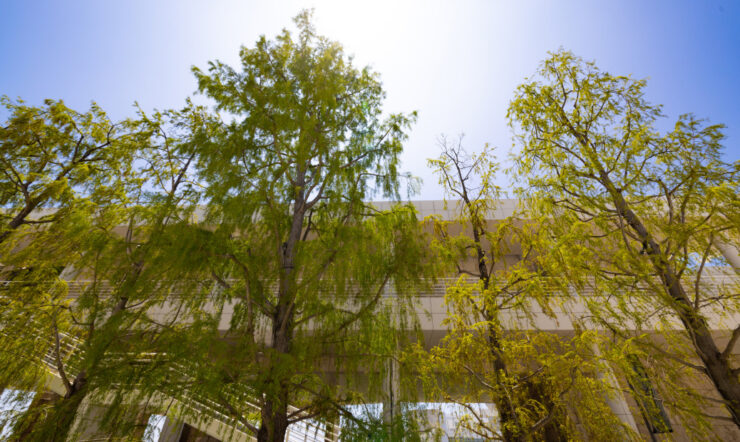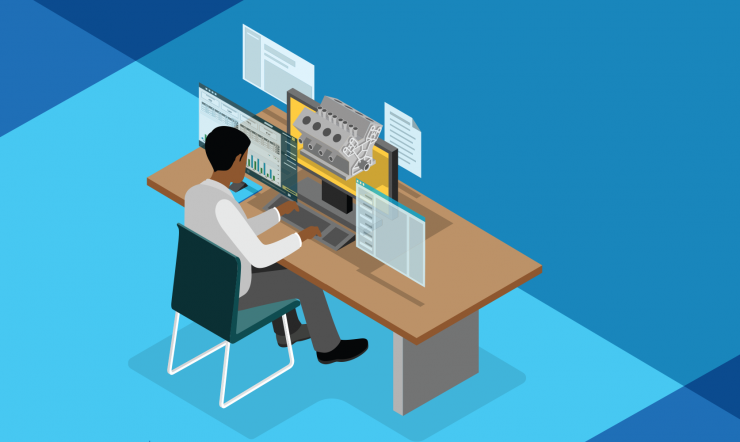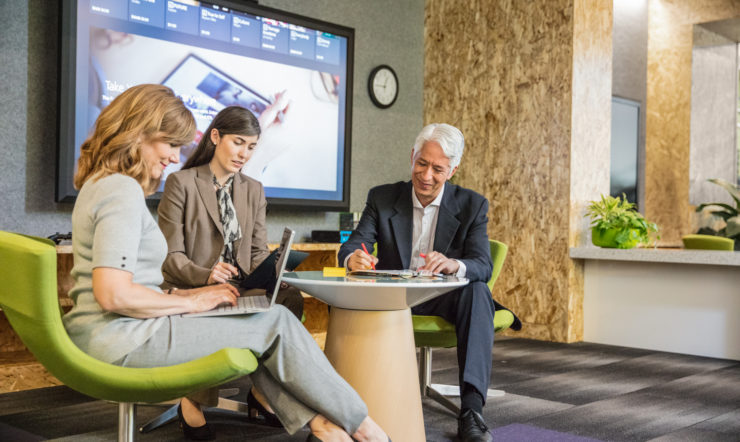This episode of the “Cloud stories from Norway” videoshow is ready for watching! In this 40-minutes long show we feature Azure cloud best practices, patterns, tips & tricks used in production in the products and services of well-known Norwegian companies.
For this episode, Maxim Salnikov from Microsoft invited Henry Hagnäs, a Cloud Solutions Architect at Microsoft Norway, and Fredrik Klingenberg, a Senior Consultant at Aurum. They were involved in a project of migrating 200+ microservices to the Azure Kubernetes Service in Elkjøp – a largest electronics retailer in the Nordics. From two short, focused tech sessions you will learn about
- Implementing Kubernetes as an enterprise platform
- Fulfilling platform principles, and troubleshooting using GitOps and Linkerd
- Many more cloud tips & tricks to skill you up on cloud technologies!
The video is available online, you can watch it here.
Stay tuned for the next episode of the “Cloud stories from Norway”!
How to follow all Microsoft Norway’s and local tech communities’ events about Azure cloud for the developers – conferences, seminars, workshops, training, webinars, etc.? Just follow our technical twitter https://twitter.com/MSDevNo
To stay connected:
Feel free to send your questions about the Azure cloud technology and educational events here: maxim.salnikov@microsoft.com
Maxim Salnikov
Developer Engagement Lead at Microsoft Norway
Watch previous episodes On-Demand:
-
Cloud stories from Norway, Episode 1: With Vipps
-
Cloud Stories from Norway, Episode 2: Azure IoT and Machine Learning in Oss Norge
-
Cloud Stories from Norway, Episode 3: Onboarding to Kubernetes, and Building resilient services on Azure in NRK
-
Cloud Stories from Norway, Episode 4: Building TypeScript-based APIs on Azure, and Components of Microsoft Data Platform
-
Cloud Stories from Norway, Episode 5: High-load .NET API backend migration to Azure in Visma
-
Cloud Stories from Norway, Episode 6: Migrating 120 VMs to Azure in 1.5 months in TINE
-
Cloud Stories from Norway, Episode 7: Azure-based image platform and deep learning analysis in Elvia


